Optimal Timing for Mold Testing
Mold testing is most effective when performed during periods of increased moisture or after water intrusion events. Conducting tests during or immediately following humid seasons, heavy rainfall, or after flooding can help identify hidden mold growth. Testing before occupancy or renovation projects can also prevent future health issues and structural damage.
Immediately after water intrusion, testing can detect mold growth before it becomes visible or widespread.
High humidity levels can promote mold growth; testing during these times helps assess risk areas.
Testing before moving into a new property ensures indoor air quality and mold presence are within safe limits.
Testing during renovations can prevent mold spores from spreading and affecting indoor environments.
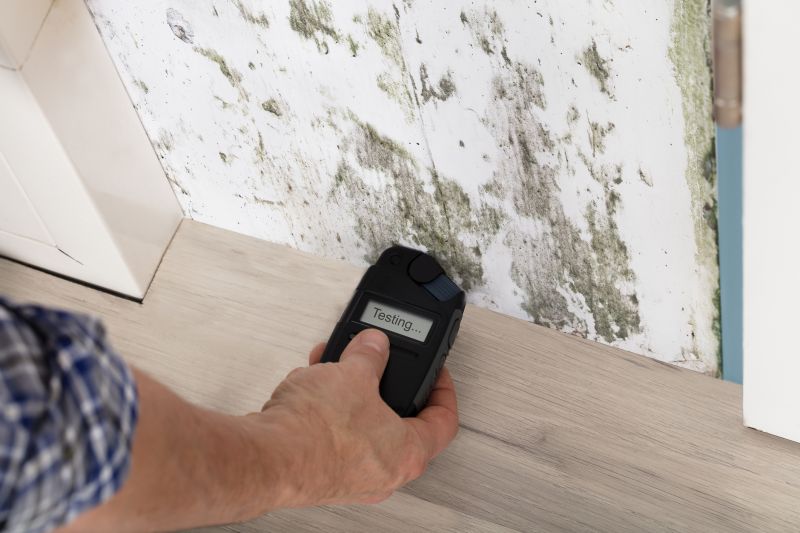
Advanced tools used to detect mold spores in air and surfaces.

Samples are collected from suspect areas for laboratory analysis.
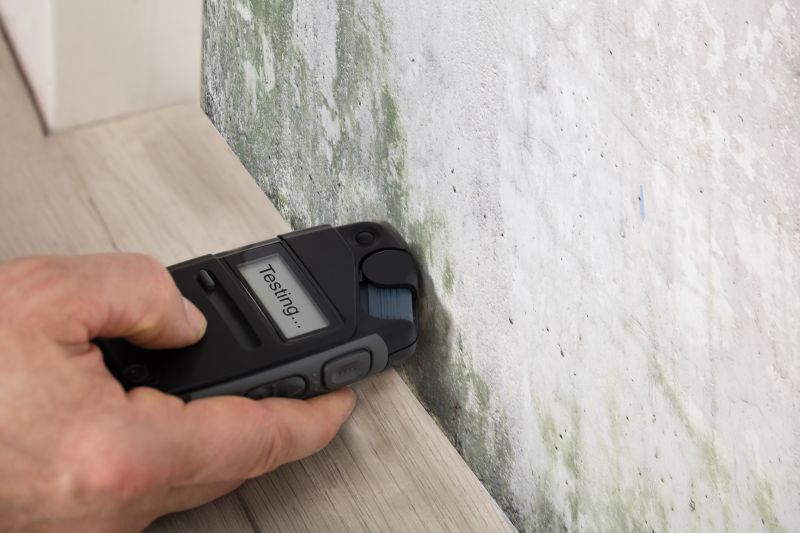
Samples are analyzed to identify mold types and concentrations.
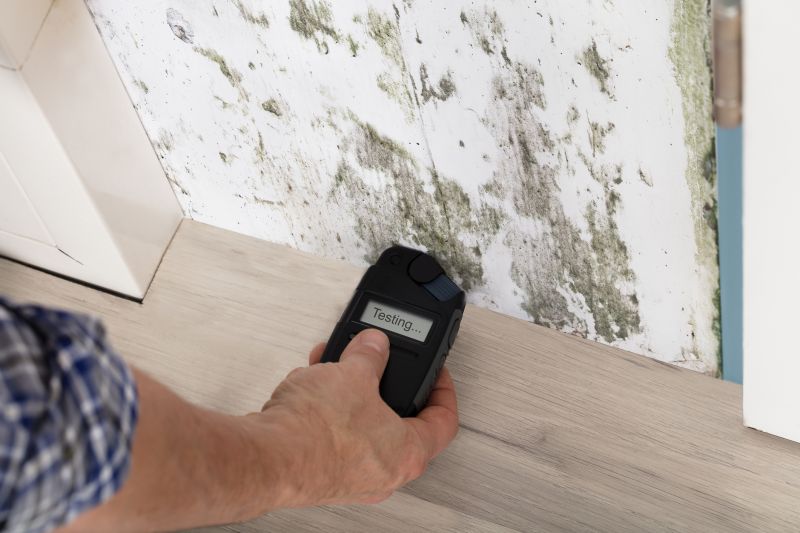
Ways to make Mold Testings work in tight or awkward layouts.

Popular materials for Mold Testings and why they hold up over time.

Simple add-ons that improve Mold Testings without blowing the budget.
Mold testing provides critical insights into indoor air quality and potential health risks. Mold spores are microscopic and can be present even when not visible. Exposure to mold can cause allergic reactions, respiratory issues, and other health problems. Testing methods include air sampling, surface sampling, and bulk sampling, each offering different information about mold presence and concentration.
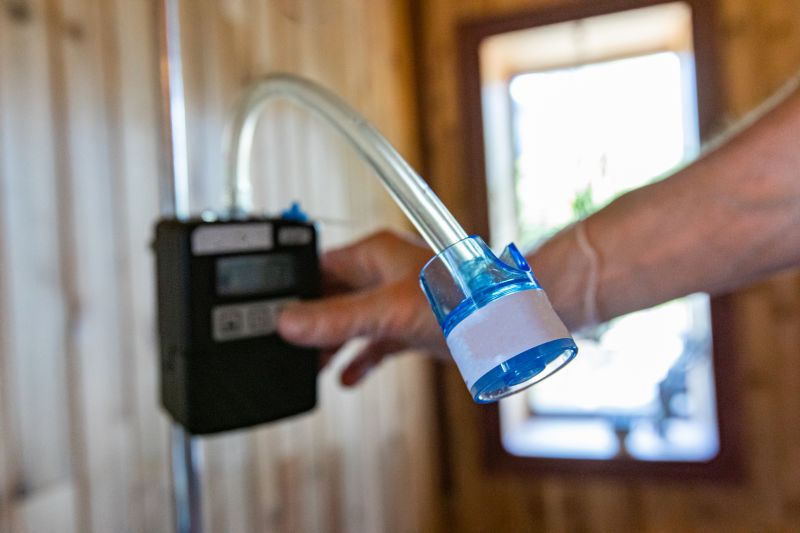
Detects airborne mold spores to assess inhalation risks.

Identifies mold growth on walls, ceilings, and other surfaces.
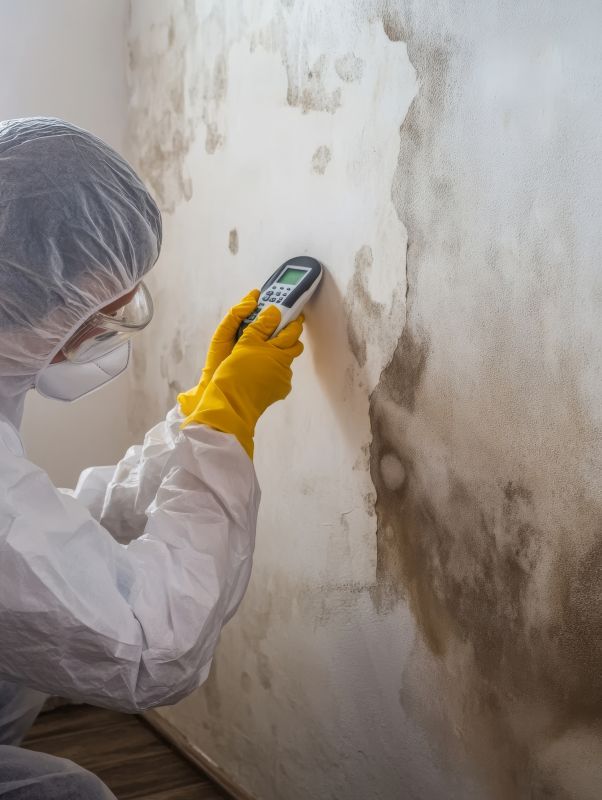
Provides detailed analysis of mold types and levels.

Data from testing guides effective mold removal strategies.
| Timing Consideration | Benefits |
|---|---|
| Post-Water Damage | Detects mold early, preventing spread. |
| High Humidity Periods | Assesses mold risk during humid seasons. |
| Pre-Occupancy | Ensures safe indoor air quality before move-in. |
| Renovation Phases | Prevents mold from spreading during construction. |
| Visible Mold Presence | Confirms extent and guides remediation. |
| After Flooding | Identifies hidden mold growth. |
| Seasonal Changes | Monitors mold risk with changing weather. |



